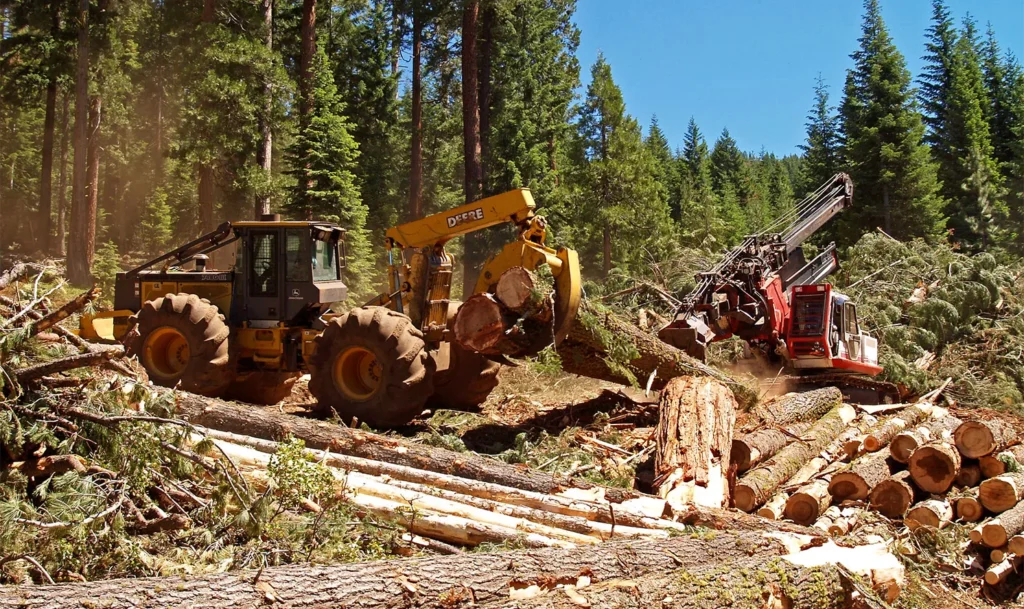
I won’t let this opportunity go by without linking to the Forest Service’s own document describing CBM since they did such good work on it.
Anyway, back to PERC’s argument. If you go to the link above, you can find the full text of the amicus brief.
Summary of the Argument
Forests are not static but complex and living ecosystems. Planning for forest restoration must be equally dynamic and flexible. In this case, however, North Cascades Conservation Council (NCCC) seeks to impose unnecessary and impractical constraints on the Forest Service’s ability to restore forests while complying with NEPA.NCCC challenges the Twisp Restoration Project, which would restore forest and watershed health, improve wildlife habitat (including for northern spotted owl, lynx, gray wolves, and mule deer), and reduce wildfire risks. NCCC objects to the Forest Service’s use of “condition-based management” to fit the projects’ restoration activities to forest conditions during implementation.
Under condition-based management, the agency authorizes restoration activities in an area but limits their implementation based on local, on-the-ground conditions. For instance, the Forest Service may authorize mechanical thinning to reduce insect and disease threats in an area vulnerable to such threats, but only allow it to go forward within a certain distance of an outbreak. Or it may authorize thinning to address overly dense forest conditions, but limit that activity to areas meeting conditions for slope, density, etc., and, within those areas, limit the extent of thinning based on the degree to which tree density departs from desired conditions. This allows the agency to document and understand the environmental impacts of its restoration work while narrowing implementation in light of on-the-ground conditions.
Condition-based management is “a method to meet NEPA’s requirements, not to avoid or shortcut them.” NCCC, however, asserts that this approach is never permissible under NEPA. Instead, it claims the Forest Service must predict exactly “which trees will be cut, how, [and] when,” which would demand of the Service an impracticable level of foresight that is contrary to this Court’s cases.
Forest conditions vary even within a single unit of analysis and, further, may change during the years that pass between an environmental analysis and on-the-ground work. Therefore, condition-based management provides necessary but limited flexibility to meet the Forest Service’s obligations to conserve forests while also complying with NEPA. The consequences of taking away this flexibility would extend far beyond this case, undermining the Forest Service’s ability to address an 80-million-acre backlog in forest restoration and tackle the wildfire crisis. The district court’s holding that condition-based management is a lawful way for the Forest Service to comply with NEPA should be affirmed
I didn’t read the brief, if anyone finds something interesting, please put it in the comments and we can discuss.
Consider the following two scenarios that are based on actual occurrences:
You buy your piece of heaven located within a National Forest. In fact, the land was advertised as “borders National Forest!” One day you come home and see a lot of trees adjacent to your land marked with paint. You promptly visit the local District Office and ask the District Ranger what is going on? The Ranger explains that there will be a timber sale and a cutting unit will be next to your property. She states that you will have an opportunity to comment on the project during scoping and also to comment on the draft EA. You do that and eventually, you work with the Ranger’s staff to create a more desirable outcome. They agree to leave additional reserve trees and other things that will limit the impact to your property. You are not exactly happy but you feel that at least the FS listened to your concerns and worked with you to make things better. (I want to say here that I do have some problems with units marking trees and then asking for comments during scoping. The FS is already pretty committed when everything is already marked.)
Then the other scenario. You have your piece of heaven and come home one day and see that boundary trees are marked on 400 acres next to your property. You talk with the Ranger and she explains this was a condition-based management project and it authorizes a 400-acre overstory removal next to your property. You say that you knew nothing about it and ask why weren’t you notified? The Ranger explains that this was a huge project authorizing 180,000 acres of overstory removal across the Forest. A fairly nebulous map of the entire Forest was produced with shaded areas where this cutting may or may not occur. The Ranger explains it would have been extremely difficult to notify everyone that could possibly be impacted by this project due to its size and when the decision was signed, they really did not know where the cutting would actually occur. The Ranger says that she is sorry but there is really nothing you can do about it at this point. The decision was signed two years ago. It is a done deal and you are going to have to live with it. After the cutting occurs, you look out your window to see 400 acres of doghair little trees with all of the large trees gone.
The second scenario is how condition-based management can happen and has happened. If you are that landowner, would you be happy with it?